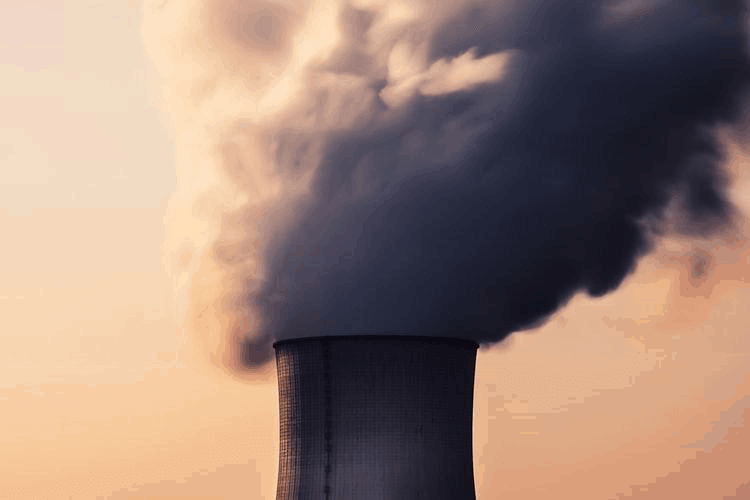Different types of cooling towers
Cooling towers are crucial parts of the industrial processes. These tall water cooling structures actually play a significant role in industrial and HVAC comfort cooling processes. And might come off a bit surprising to you, knowing that there is so much more to these cooling towers than you could know. Different types of cooling towers perform in a number of different ways by using a range of technologies in order to cool process water. Read on to better understand the differences between the type of cooling towers.
Types of cooling towers
Natural draft cooling towers
The natural draft cooling towers are open, direct-contact cooling tower systems. They work as heat exchangers, which let the system’s hot water to be cooled through direct contact with fresh air. These cooling towers depend on natural convection for circulating air right through the tower, which later on cools the water. The movement of air takes place because of the differences in density between the entering air and the internal air inside the cooling tower. A constant cycle of airflow is created when the warm and moist air, which is denser than cool air naturally rises through the tower, whereas the dry and cool air from outside falls.
Mechanical draft cooling towers
Mechanical draft cooling towers utilise fans or other mechanics to circulate air through the tower, unlike natural draft cooling towers that use natural methods. The fans used in the mechanical draft cooling towers are propeller fans and centrifugal fans. The natural draft and evaporative cooling towers are not as efficient as mechanical draft towers; they can also be conveniently located inside a building with the proper exhaust system. It requires a certain amount of power consumption to operate the mechanical draft towers, and hence they cost more than the natural draft cooling towers.
More about mechanical draft cooling towers
Types of mechanical draft cooling tower subdivide as follows:
Counterflow
Counterflow cooling towers operate by moving air upward through the tower, and the water flows downward to cool the air. Counterflow cooling towers are made compact in footprint as compared to crossflow cooling towers, and they even save energy in the long run.
Crossflow
The airflow is horizontal in crossflow cooling towers, and the hot water flows downward from distribution basins. Crossflow cooling towers are more susceptible to freezing, they may be as tall as counterflow cooling towers, but they are less efficient as compared to counterflow cooling towers.

Hyperbolic cooling towers
Hyperbolic cooling towers require a significantly fewer amount of resources, and they are well-built. Despite operating with less amount of resources, they are able to manage large-scale tasks within huge chemical or power plants efficiently. These cooling tower systems have a chimney stacking technique through which they would allow the outside cooler air to push the damp, warmer air inside the tower.
Tower tech is one of the best cooling tower manufacturing companies in India. You can find different types of cooling towers in one place. we started the company with the engineering of FRP cooling towers; however, over time, we expanded our horizon and added to our manufaturing repertoire different types of cooling towers like Counterflow round/bottle cooling tower, cross-flow single/dual entry, Fan-less fill-less, large field erected industrial cooling tower too.
What design should be an ideal choice for you?
Cooling towers are used to cool and circulate water in settings like oil refineries, petrochemical and other chemical plants. There are two types of cooling tower designs which include, closed-loop cooling tower system and open cooling water system. Both the designs serve the same purpose; the only difference is that they go about cooling the water differently.
Open-circuit cooling tower
An open circuit cooling tower is designed like an enclosed structure distributing warm water over a fill, providing an expanded air-water interface to let the air heat and evaporation to occur. A basin below collects the cold water that is falling through the fills as it cools down. And the moist air is discharged into the atmosphere.
Closed-circuit cooling tower
The closed-circuit cooling tower has two separate fluid circuits, which involves no contact between the water and the fluid being cooled. One circuit is for the fluid to recirculate, and the second circuit is a bundle of tubes that lets the hot water flow through. Here the cooled water does not get any chance to make direct contact with the air.
In Summary
There are many factors you must consider when it comes to buying the right type of cooling tower. Each type works differently and has its own benefits to serve. Tower tech India is here to help you decide what would work best for you. Our services are geared to all cooling towers and cooling tower parts, irrespective of age or capacity. Get in touch with a bunch of highly qualified team of technicians to get the most from your cooling tower.


